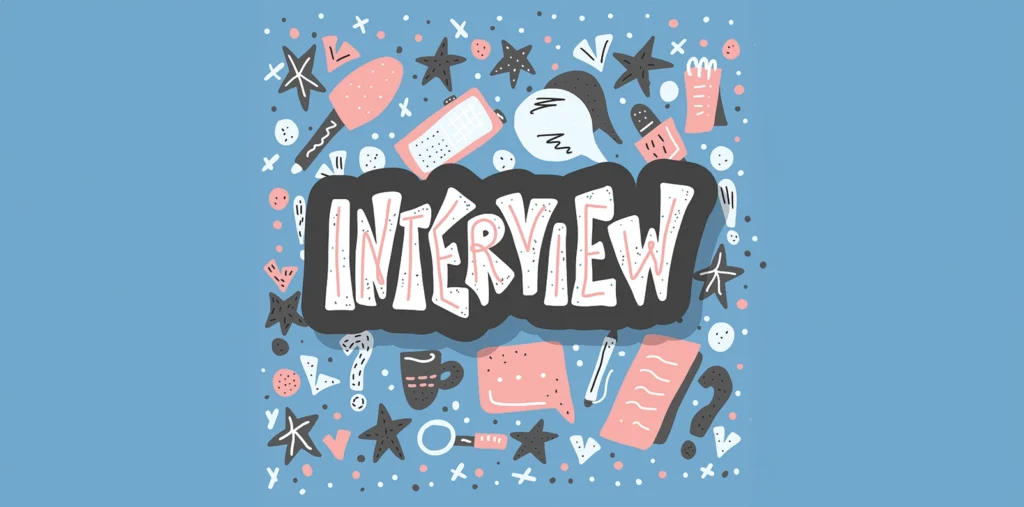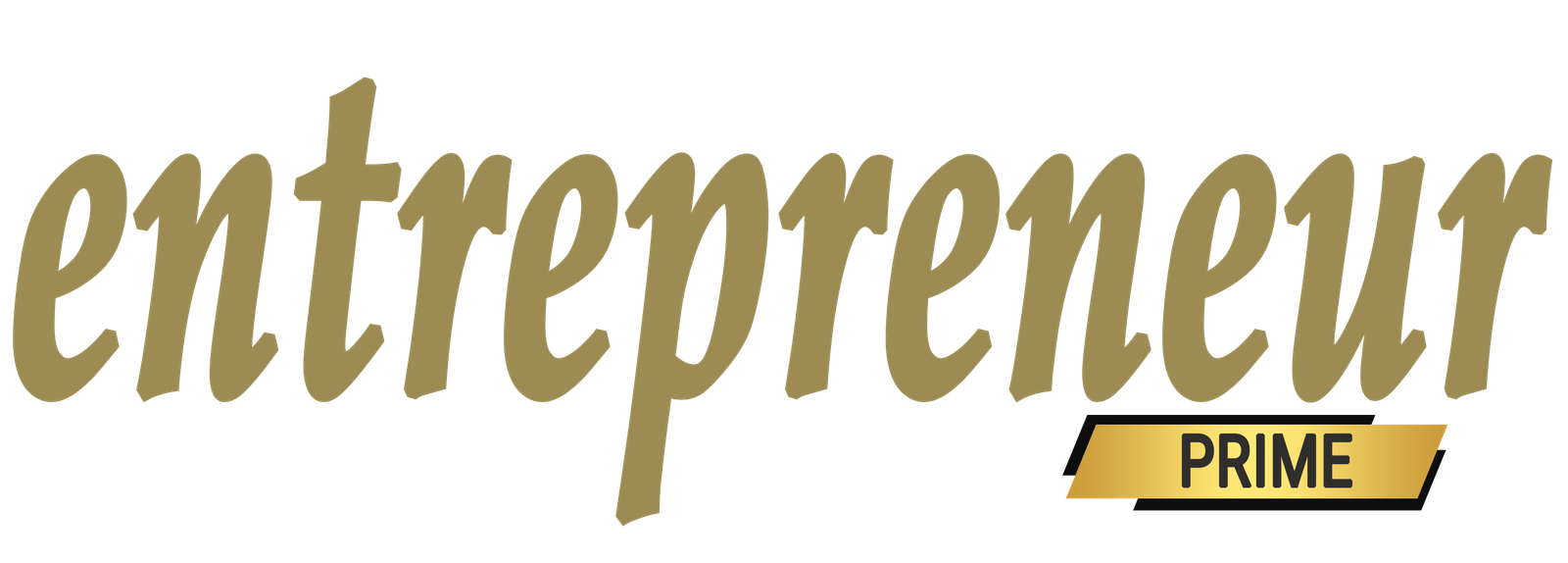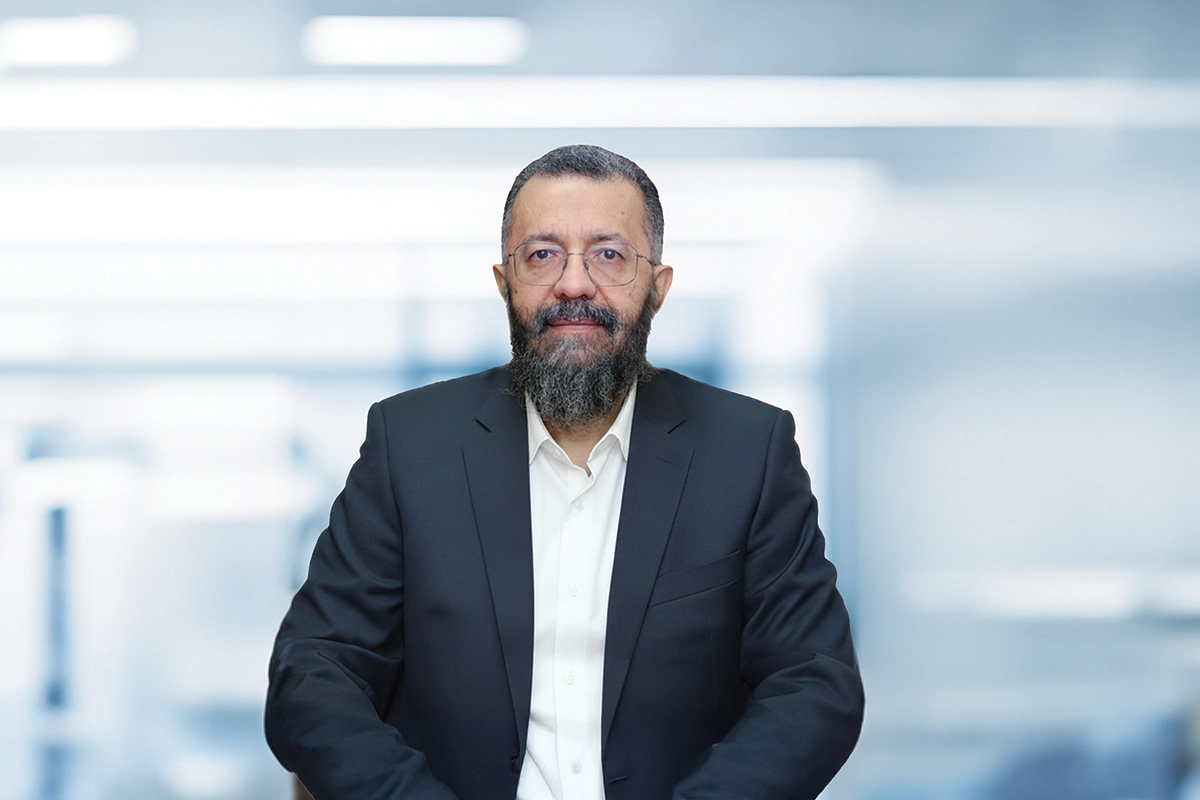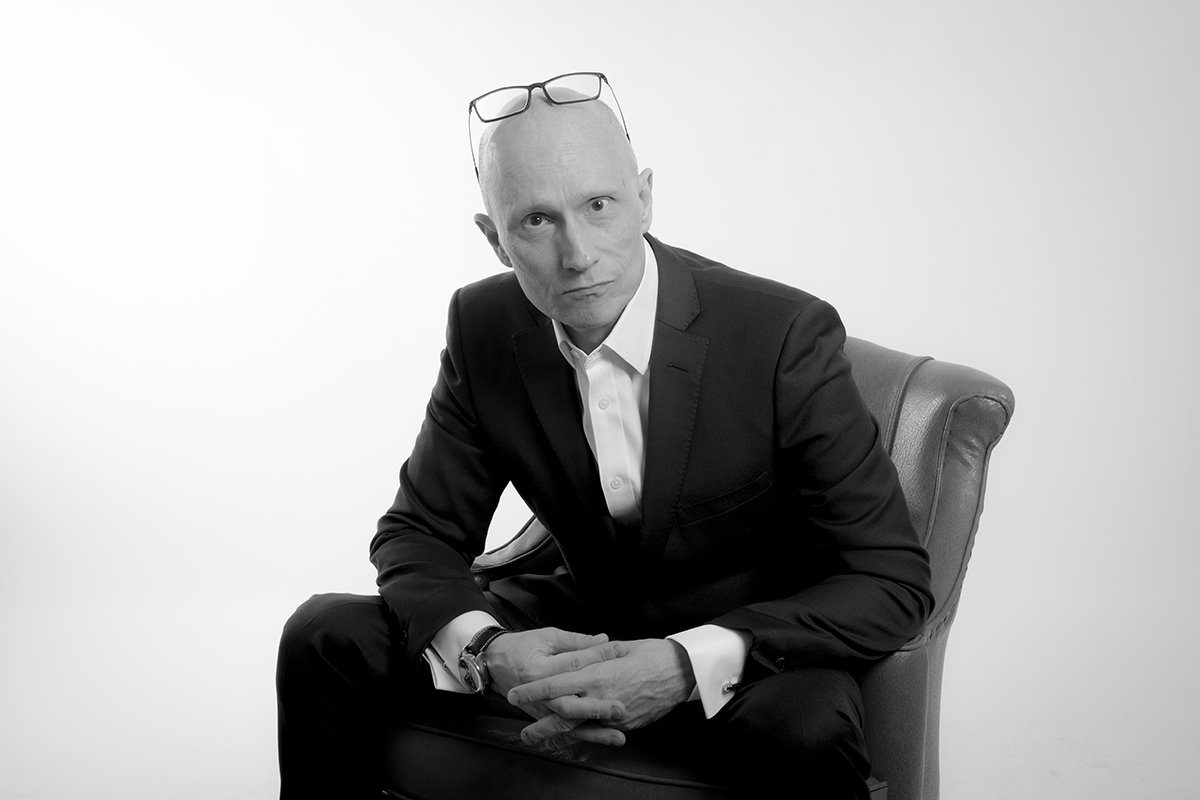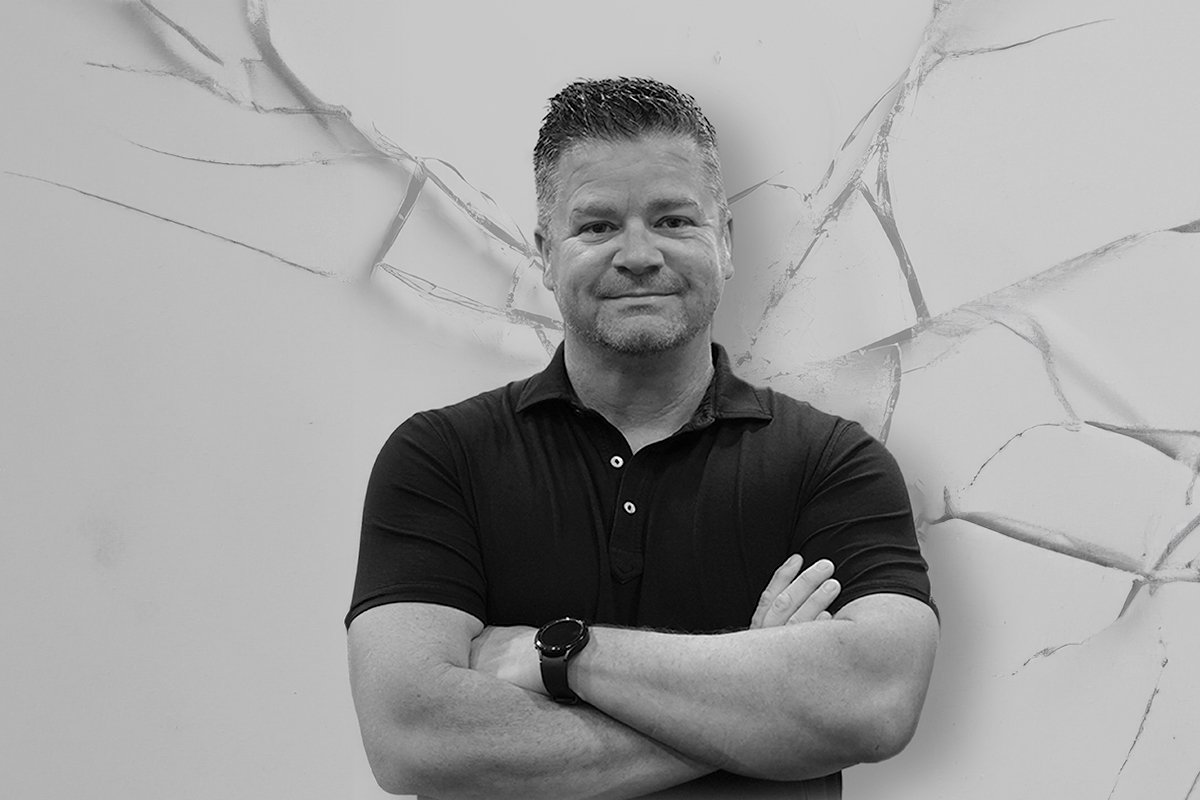Insights Into The Power Of Cognitive Behavioural Therapy And Mindfulness Practices
Angela Ficken discusses her journey in mental health, the effectiveness of CBT and ERP, and her commitment to personalised client care.
Angela Ficken stands as a beacon of inspiration in the realm of mental health and wellness. With a profound commitment to her craft, she has dedicated her career to helping individuals navigate the complexities of their minds through innovative therapeutic practices. As a specialist in cognitive behavioural therapy (CBT) and exposure and response prevention therapy (ERP), Angela has witnessed firsthand the transformative power of these modalities. Her journey began at the esteemed OCD Institute at McLean Hospital, where she not only honed her skills but also developed a deep understanding of the profound impact therapy can have on people’s lives. Angela’s approach is characterised by empathy, adaptability, and a relentless pursuit of knowledge, making her a trusted guide for those seeking relief from anxiety, self-doubt, and other mental health challenges.
In our recent interview with Entrepreneur Prime magazine, Angela shared insights into her therapeutic philosophy, the importance of mindfulness, and the challenges she has faced as a businesswoman in the wellness industry. Her reflections offer a glimpse into the heart of her practice and the dedication that drives her to empower others. As we delve into her thoughts, we uncover the strategies and wisdom that have shaped her journey and continue to inspire those around her.
“The key to overcoming self-doubt was practising the tools I teach—using CBT to challenge my negative thoughts.”
– Angela Ficken
What inspired you to specialize in cognitive behavioural therapy (CBT) and exposure and response prevention therapy (ERP)?
My first job out of college was as a counsellor at the OCD Institute at McLean Hospital. Two of the gold-standard treatments for OCD are CBT and ERP, and I had the privilege of learning both first-hand. I could sit in groups where doctors taught CBT, and during my time there, I was formally trained in ERP. I saw with my own eyes how these therapeutic modalities dramatically improved patients’ lives. The impact was profound.
Over time, I also realized how powerful CBT is—not just for OCD but for a wide range of mental health challenges. Whether it’s managing anxiety, self-doubt, or negative self-talk, CBT can help people reframe their thinking and move toward healthier mental patterns. That drew me to this specialty—I knew I wanted to be a part of the transformative process that helps people find relief.
How do you tailor your therapeutic approach to meet the unique needs of each client?
Every client’s journey is different, so I customize my approach based on what they want to work on. In the initial session, I spent time understanding their specific concerns—whether they were dealing with intrusive thoughts, eating issues, anxiety, life transitions, or social stressors.
From there, I begin mapping out strategies and work with the client to co-create a treatment plan. Depending on their needs, we might dive straight into CBT or ERP, or I may suggest a more traditional talk therapy approach. It’s essential to get a feel for what each client hopes to achieve in therapy, and once I have that clarity, I can tailor the process to their unique goals and circumstances.
Can you share some strategies or techniques you find particularly effective for managing anxiety and stress?
Some of my favorite techniques for managing anxiety and stress are brain breaks and sensory grounding exercises. Taking a 5-minute brain break can make a huge difference when I feel overwhelmed. Whether stepping away from my workspace to stretch, grab a snack, or even look out the window, these small moments give my brain a chance to reset. I encourage clients to take short breaks throughout the day—it only takes a few minutes but can significantly reduce stress.
Another technique I love is the 5-4-3-2-1 sensory grounding exercise, a mindfulness tool. When anxiety starts creeping in, I’ll go through my senses: I name 5 things I can see, 4 things I can hear, 3 things I can touch, 2 things I can smell, and 1 thing I can taste. If I can’t taste anything, I replace it with one thing I like about myself. It’s a simple, quick exercise, but when practiced regularly, it can help reduce stress and bring you back to the present.
How do you incorporate mindfulness practices into your therapy sessions, and what benefits have you observed in your clients?
Mindfulness is key to my therapeutic approach, especially when clients feel overwhelmed. One of the first things I teach is breathwork because when we get anxious, we often either hold our breath or start breathing too quickly, which can heighten our distress. Slowing down the breath is a powerful way to calm the body and mind, returning us to the present moment.
I also integrate sensory grounding (the 5 senses technique), which helps clients reconnect with their immediate surroundings and quiet their racing thoughts. These mindfulness tools are easy to learn but incredibly effective in managing stress, anxiety, and emotional regulation. I’ve seen clients become more resilient, better able to handle stress, and more in control of their emotions when practicing mindfulness consistently. It’s a tool I talk about almost daily in my practice—and one I use in my life.
Can you share some key challenges you faced in your journey to becoming an influential businesswoman, and how you overcame them?
One of the biggest challenges I faced was battling my self-doubt. This was especially tough initially, but I continue working on it today. The key to overcoming this was practicing the tools I teach—using CBT to challenge my negative thoughts and reframe my mindset. I also leaned heavily on my support system, particularly my husband and business partner. Sharing what I was going through and discussing my doubts helped me feel less alone, and they were always there to help me see things more clearly and cheer me on. It wasn’t an overnight change, but I can confidently say I’m in a much better place now.
How do you stay updated with the latest trends and developments in mental health and wellness to ensure your clients receive the best care?
I make it a point to stay connected to the latest trends and research in mental health. I attend several conferences throughout the year to hear about cutting-edge developments and approaches in therapy. I’m also in weekly supervision with my mentor, who is a psychiatrist and psychoanalyst.
I review cases, ask questions, and get feedback in these meetings—it’s an invaluable learning experience. Not all clinicians engage in this level of ongoing mentorship, but I’ve found it incredibly helpful in ensuring that I’m always growing as a practitioner and delivering the best care to my clients.
What advice would you give aspiring wellness industry entrepreneurs looking to make a significant impact?
Your initial idea might be the launching pad for something even better. Also, it’s important to remember that the successful businesses you see now didn’t get there overnight—behind every final product are countless missteps, mistakes, and moments of doubt. Everyone goes through that phase; the key is to keep going and not be discouraged by setbacks. Take the lessons from each failure and keep pushing forward—you’ll eventually find your stride.
EDITOR’S HIGHLIGHTS
Empowering Businesses Globally
“Being featured in Entrepreneur Prime means gaining visibility not just in print edition, but across the entire media spectrum in the US, UK, Europe and beyond”
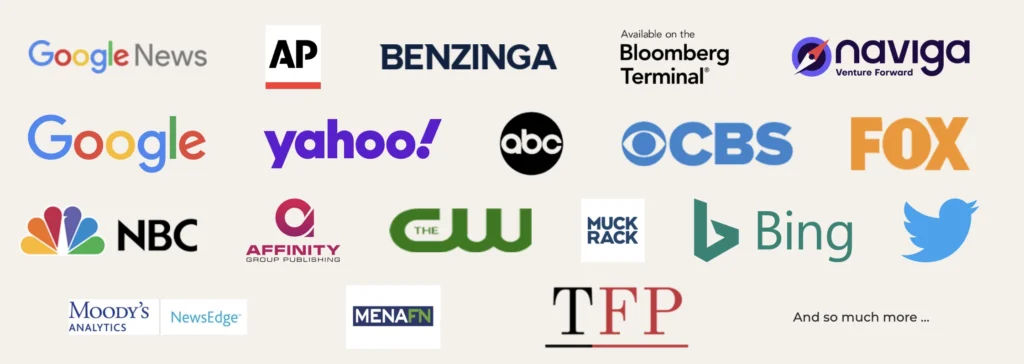
EDITOR’S HIGHLIGHTS
The Power of Media for Entrepreneurs and Businesses
Building Success Through Visibility
Media is a powerful tool to build relationships, boost visibility, influence decisions, and create lasting impressions for success and growth.
